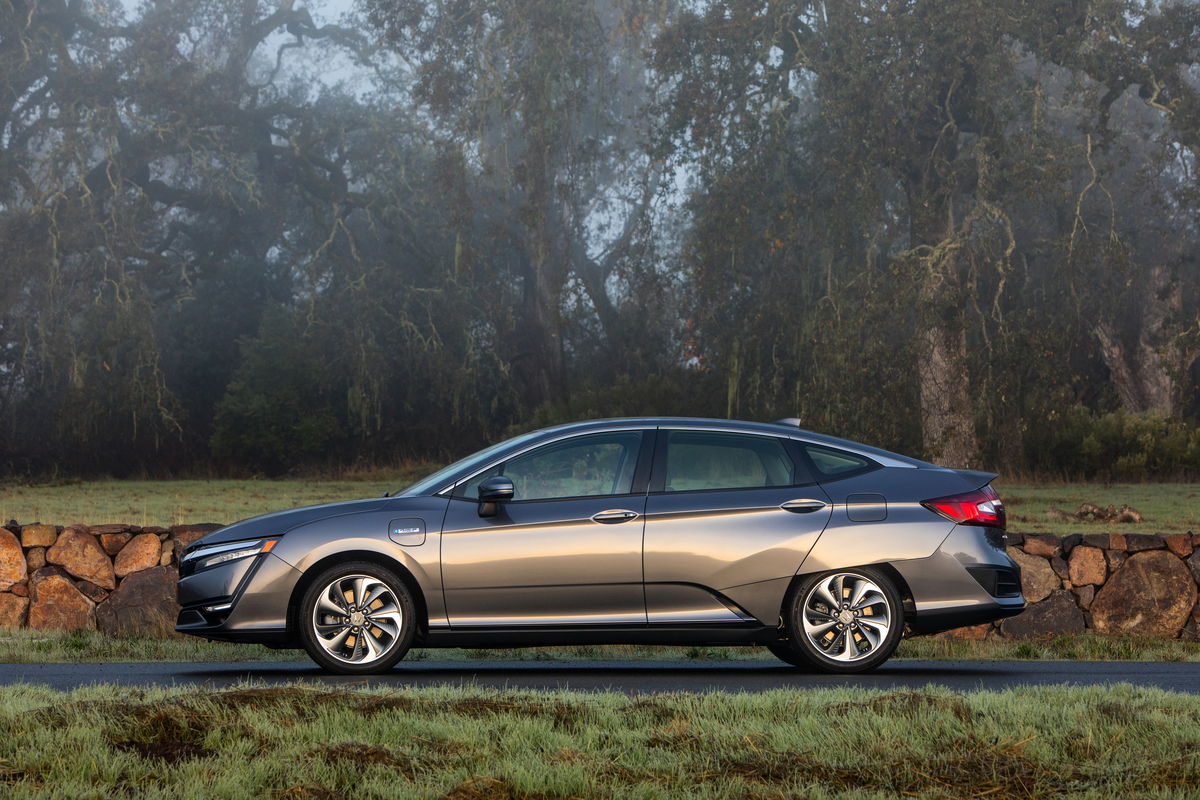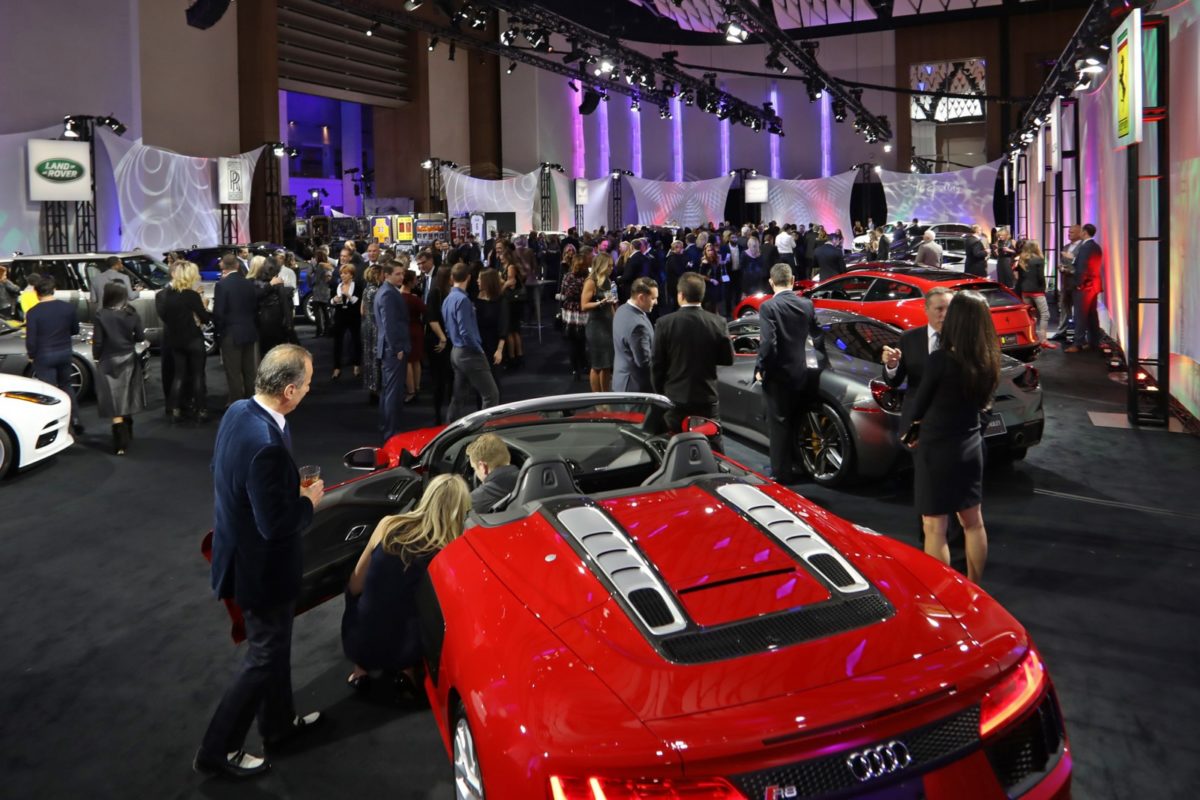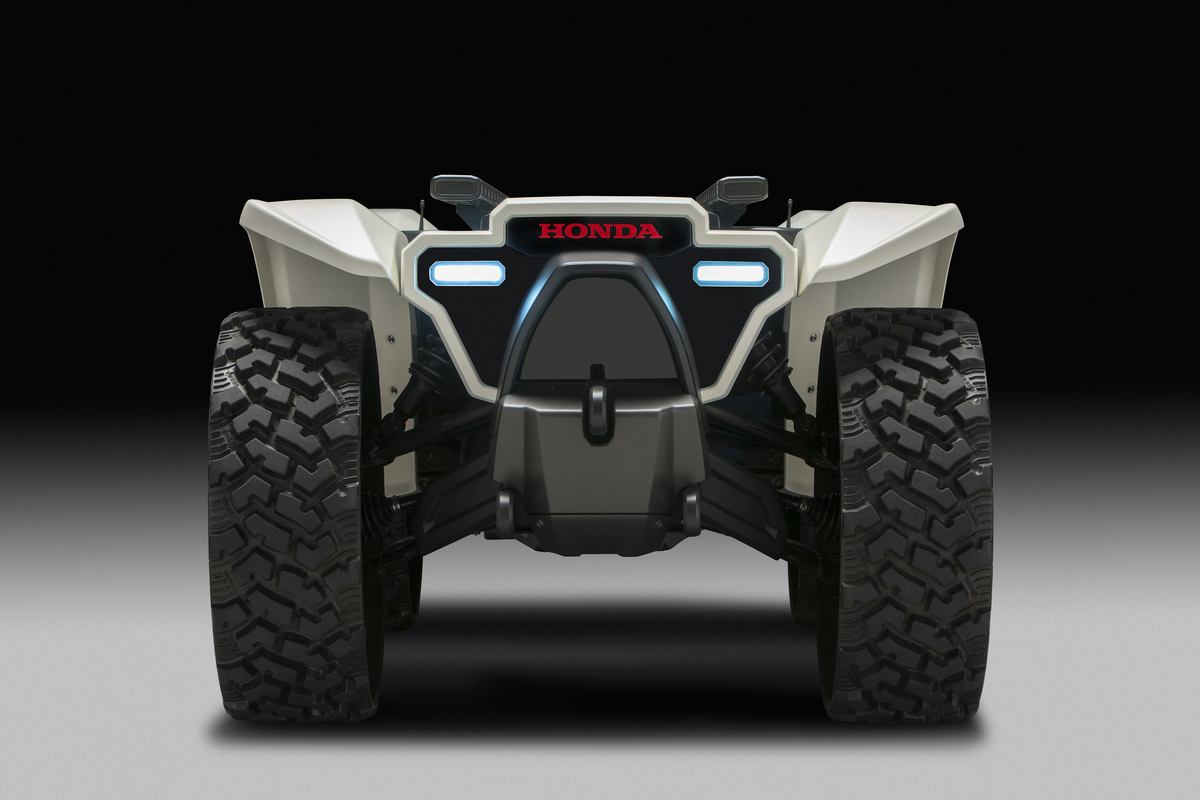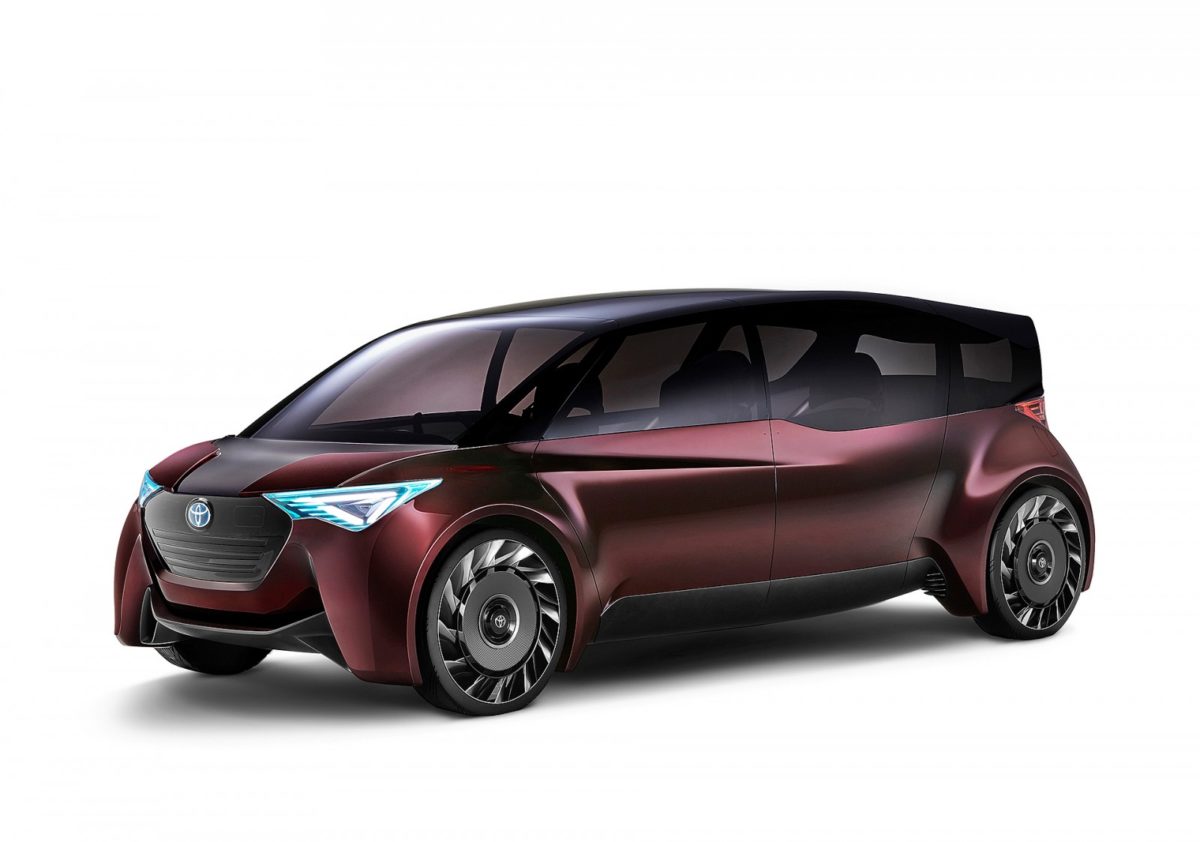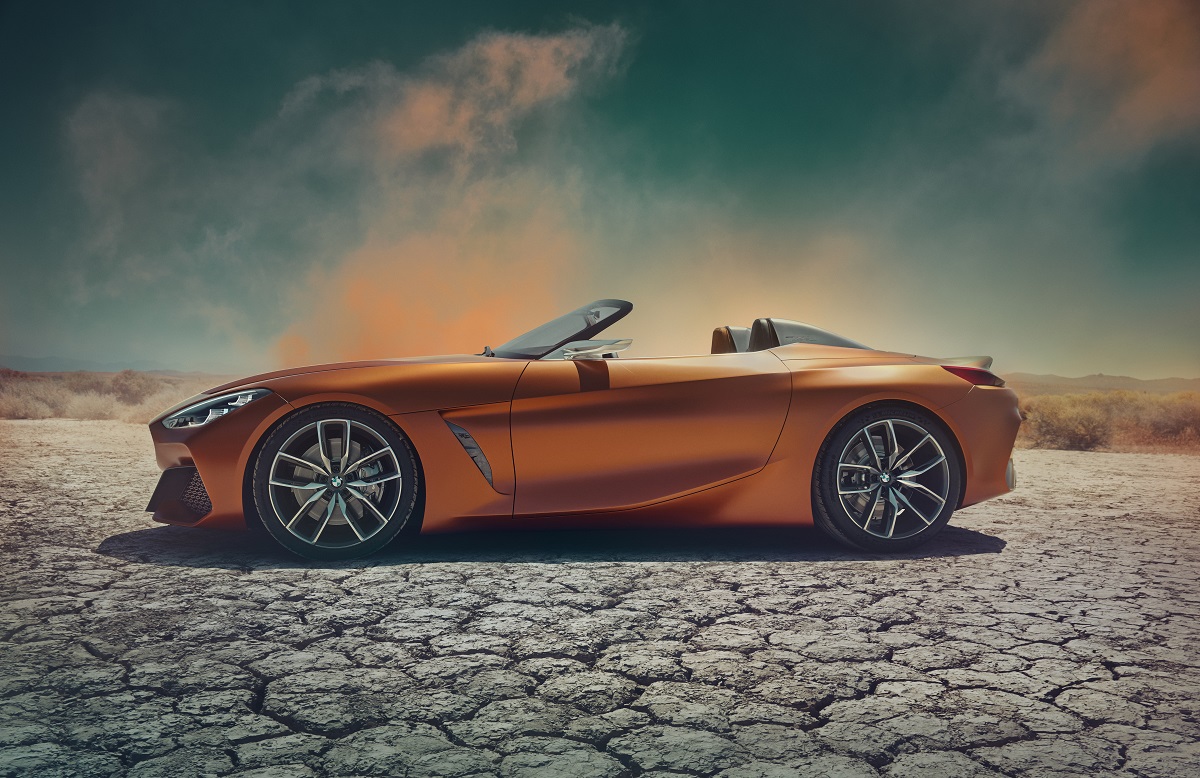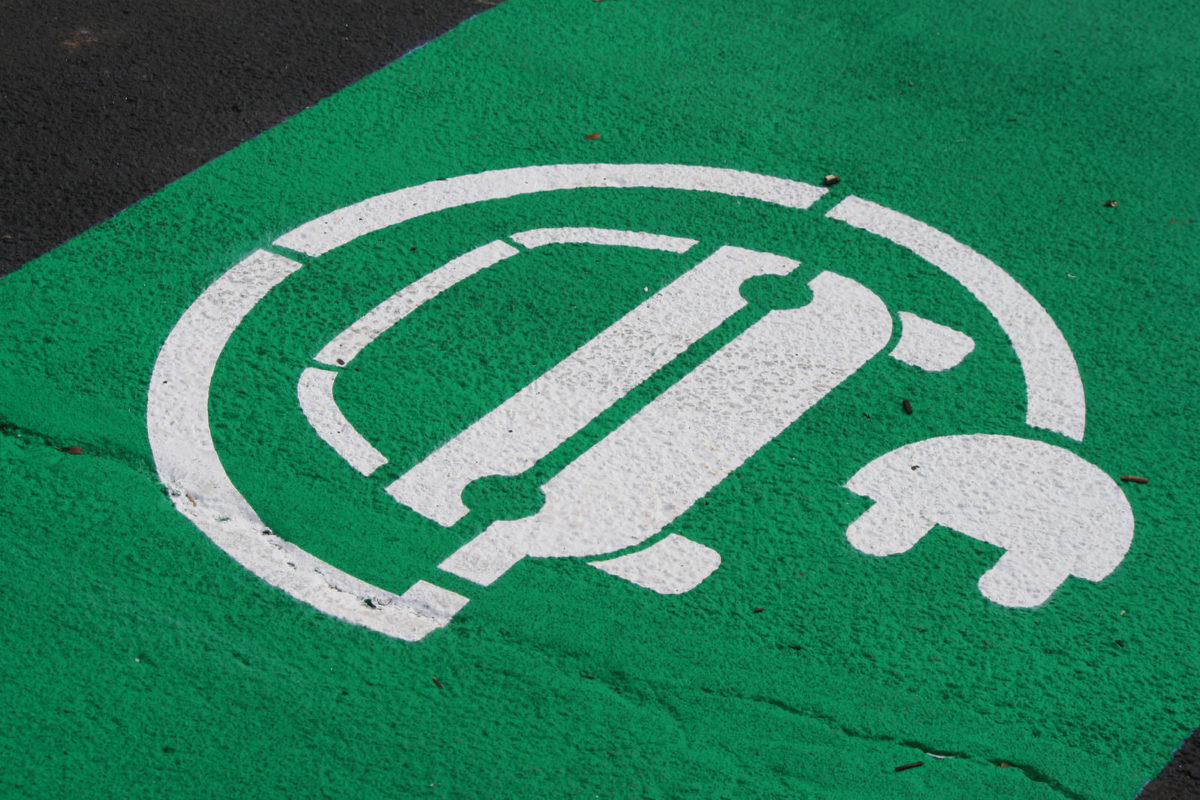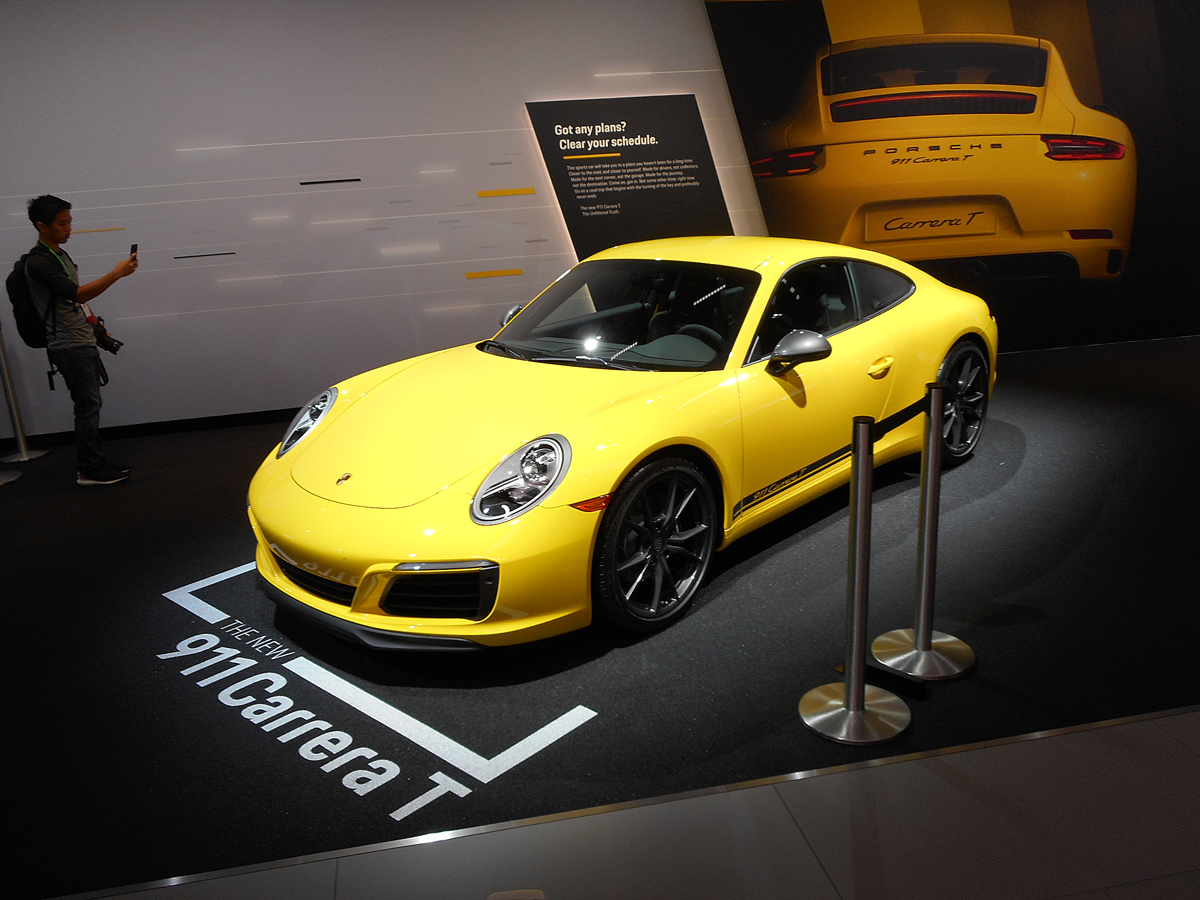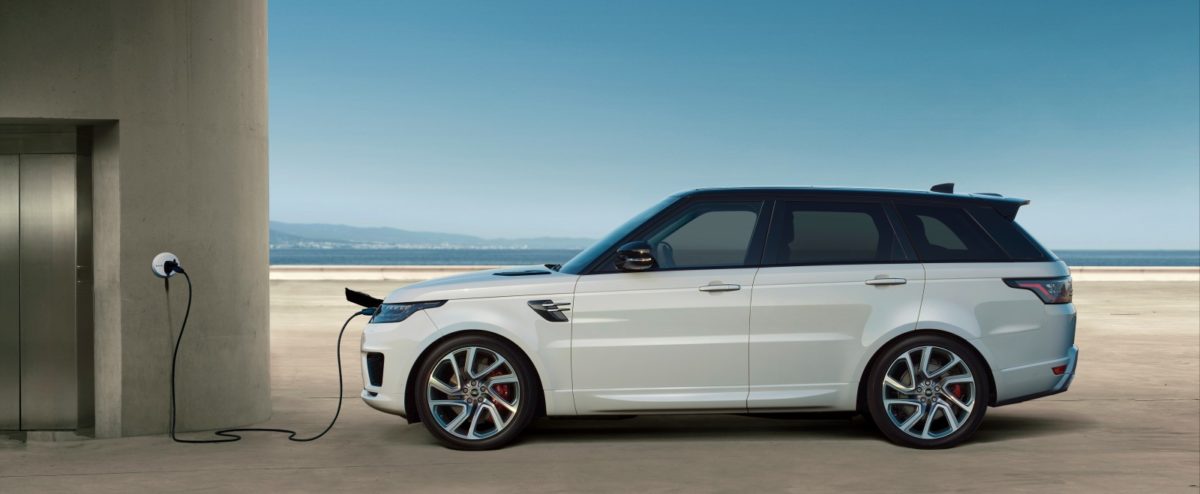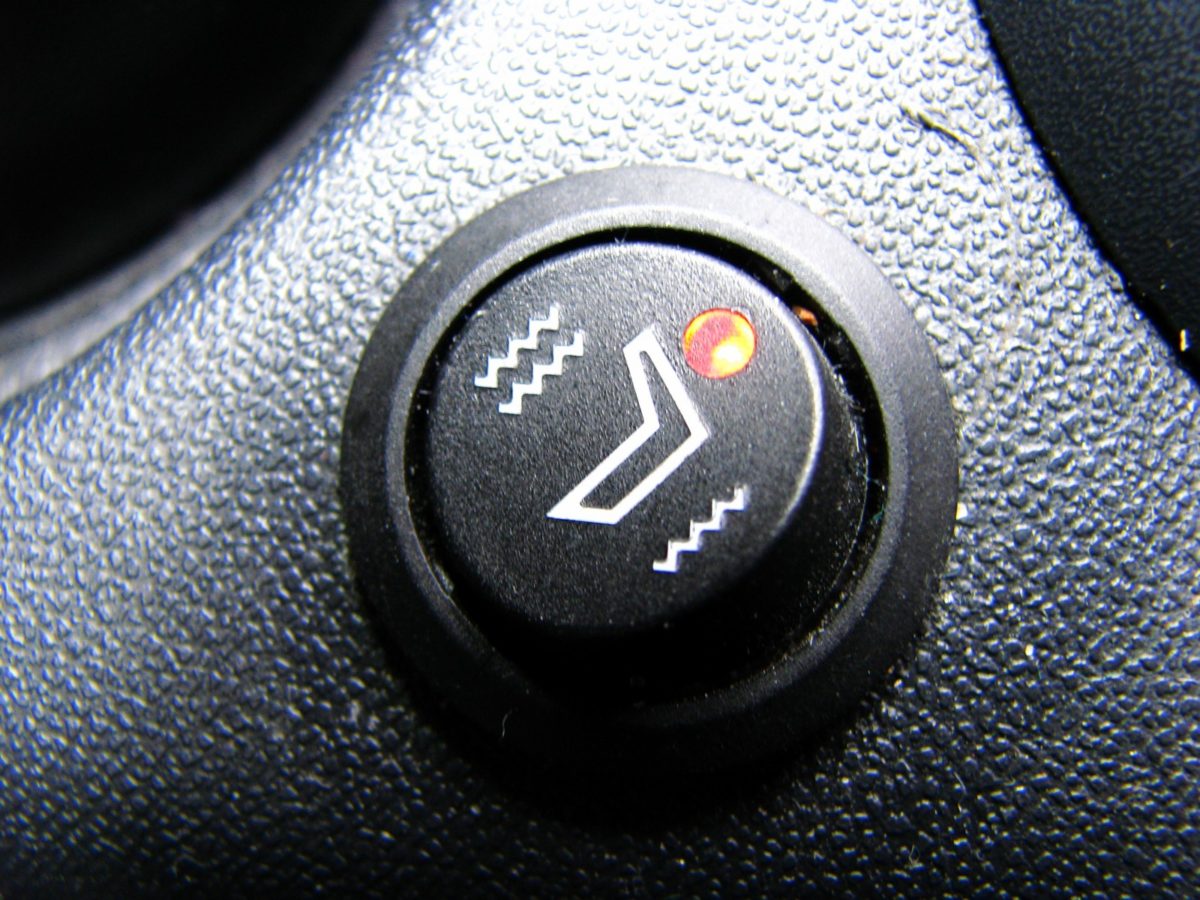Honda's 2018 Clarity Plug-in boasts 76 kilometre pure electric range

This new class-leading plug-in hybrid from Honda finally made its way to Canada last month.
Another electric mobility solution arrived in the Honda Canada camp last month: the 2018 Clarity Plug-in Hybrid. It’s claim to fame? A zero emissions range of up to 76 kilometres, which is the highest in its class.

Like the Honda Accord Hybrid, this Clarity utilizes a two-motor hybrid setup consisting of a combination 1.5-litre Atkinson-cycle four-cylinder internal combustion engine and starter/generator electric motor, paired with an additional high-output propulsion motor. The former is largely responsible for either providing electricity to the latter that then drives the front wheels, or to recharge the onboard 17-kilowatt-hour lithium-ion battery. Together, the system produces a net 212 horsepower.

Depending on the road conditions, the sedan automatically switches between three modes. In EV Drive, only pure electricity is used. Hybrid Drive uses the engine in a generator capacity, as mentioned above. In Engine Drive, kicking in during medium to high speeds or heavy loads, gasoline becomes the primary power source. When operating under normal conditions, a maximum range of nearly 550 kilometres and fuel consumption rating of 2.1 Le/100 km is possible.

To help achieve these impressive numbers, a number of smart aerodynamic features were implemented. First off, the Clarity was designed to have a sleek, low drag shape. Fully functional front inlets reduce airflow under the hood, and similar ducting in the front fenders and rear doors redirect air to move smoothly over the wheels. Specially shaped C-pillars reduce vortexes forming at the rear of the car, and even the tail light lenses are made with a washboard-like surface to optimize air movement.

Another benefit such drag-reducing engineering is less noise. On top of that, there have been numerous measures taken to give occupants a quiet ride experience. Both the windshield and front door glass are acoustically laminated, and there are noise-insulating materials installed under the hood, instrument panel and floor as well as inside the wheel wells. The rear suspension bushings are also liquid filled to aid in this effort.

The 2018 Honda Clarity starts at $39,000 and tops out at $43,900 for the Touring trim. A maximum $5,000 rebate is available via the Clean Energy Vehicle for BC government incentive program.



